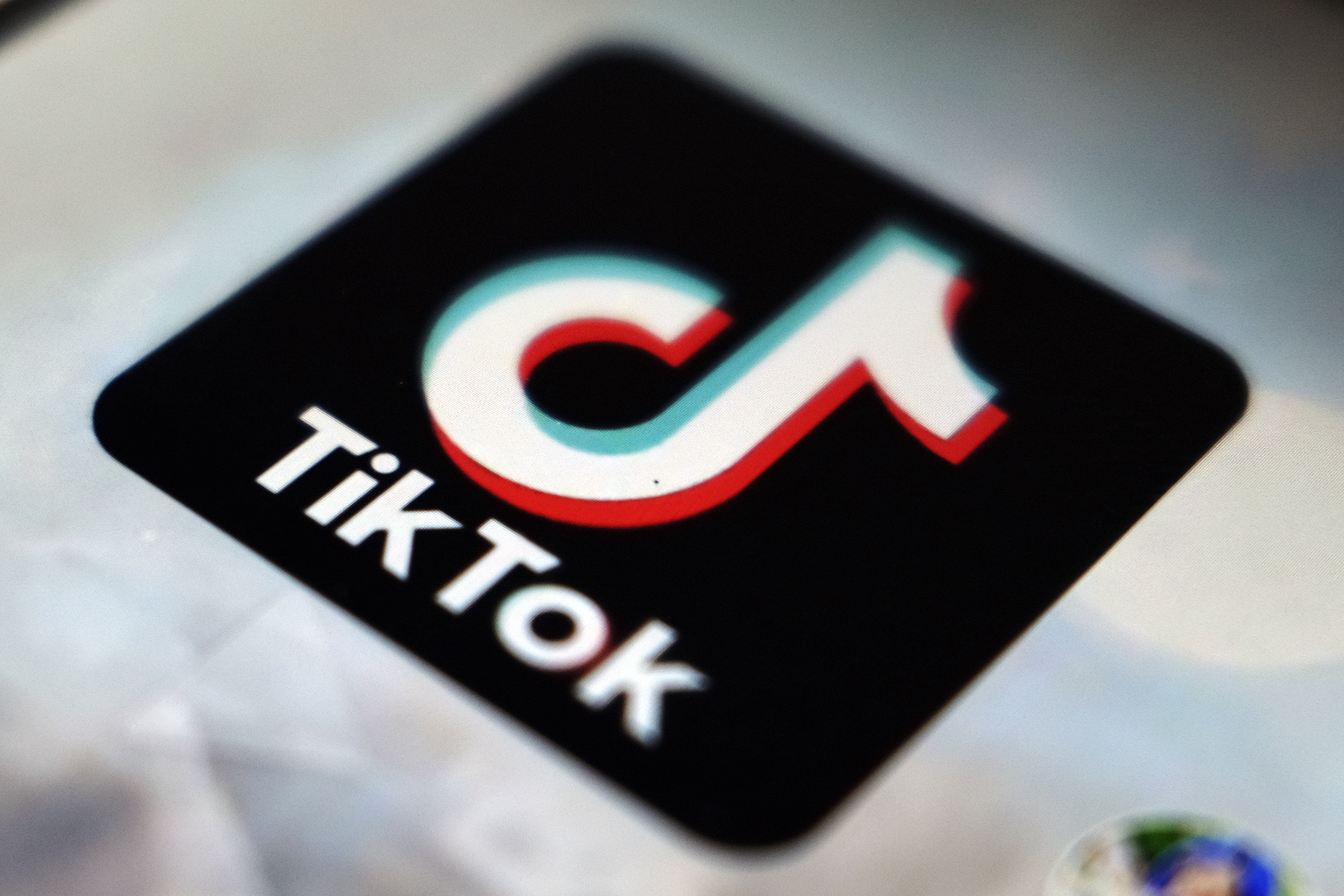
In summer 2022, at the Fortune’s Brainstorm Tech conference, Prabhakar Raghavan, a Google executive, shared a statistic that gave TikTok the title of “generation Z’s favorite search engine.” Raghavan claimed that, in studies conducted by the company, almost 40% of young people polled choose Instagram or TikTok when searching for a place to eat, instead of Google Maps or Google Search.
Users’ migration from traditional digital platforms to newer options has a simple explanation: the variety, intuitiveness, visual nature and creativity of their search results. That also applies when it comes to content about work. Articles with job interview advice become minute-long videos. Curriculums with Canva templates became audiovisual CVs. The message to a friend — ”I was fired” — becomes a TikTok that goes viral.
The world of work TikTok has a wide variety of content. Videos show how to write a cover letter. Users show a typical day in their office. People who have left their jobs — or gotten fired — lament or celebrate in front of the camera. Human resources experts, content creators and tech company employees find in the platform a natural medium to share their routine with fellow TikTokers.
Adriana Carvajal has nearly 900,000 followers on the social network. Around 100,000 began following her overnight, after she posted a video that now has 20 million views. It begins, “My name is Adriana, I work at Google and these are some of the things I love about the office.” The Catalan woman shows off her free breakfast, the variety of snacks and beverages that Google employees can access, a massage room that works with redeemable points and hair dryers in the office bathrooms. She also mentions the gym and pool in the Dublin office.
Adriana began creating content on social media as a New Year resolution. “It was an exercise in personal growth. I realized that I was afraid of people judging me, and I wanted to feel more comfortable being the center of attention,” she explained. On January 1, 2022, she uploaded her first video. The choice of topic was easy: “I started thinking about what topics my friends come to me for. They ask me a lot about my experience at big tech companies, like LinkedIn and Google.” She started thinking of each video as “a moment of micro learning, a pill that gives value” to her followers. The creator noted a key factor when she began to make content about work on TikTok: there were very few Spaniards talking about technology companies on the platform. “The references I had were the typical guys from the United States who like crypto and talk about finance. There wasn’t anyone like me who was doing it,” she says.
TikTok has given rise to a subgenre of videos that show the insides of offices like Google, LinkedIn and TikTok, leaving viewers in shock and awe at the presence of a barista and relaxation chairs. Other creators opt to share their experiences searching for jobs. Celia Castle has created social media content for 10 years. Focused primarily on lifestyle topics, the young woman decided to make a series of videos explaining her experience trying to find a paid internship. One of her main motivators was, as she says, “to show that in the world of communication, even if you have a university degree, a masters or experience, you can’t even get a paid internship.”
For the young woman, TikTok became a way to re-cast her situation so that companies could see that she was looking for work. “Social media is one more place to showcase yourself. It is a different way to introduce yourself to a company, a sort of video CV. A lot of companies wrote to me as a result of those videos, and many people in the same situation identified with me,” she says. The series ended with the fourth TikTok, in which she announced that she had received an internship at a marketing agency. She explains that the advice that users left in the comments helped her to get interviews and, eventually, her current job. “They suggested, ‘dress like this for the interview,’ ‘say this kind of thing,’ and recommended many more job application websites besides LinkedIn,” she says.
Some companies use TikTok to show off their day-to-day in a creative way, or even to recruit new workers. For Luisa Ramos, head of communication at TikTok, “creative videos, combined with the easy-to-use creation tools and with the social network’s unique language, have organically created new channels for corporate communication.” New opportunities have arisen, she says, “to increase the visibility of job openings for a new audience in a more direct and natural way.”
The social network allows users to easily find other people who have had similar experiences, whether they want to work in tech, have recently been fired or are seeking the courage to leave their current jobs. The candor of those who tell their stories, and the empathy that other users offer, becomes fuel for all kinds of creators. Adriana Carvajal receives messages from followers who say that, thanks to her advice, they have gotten hired at jobs they like.”Reading that you have helped people in such a real, close way is what keeps me creating content and doing what I do,” she says.
A refuge after getting fired
The wave of layoffs at big tech companies including Meta, Amazon and Microsoft has also sparked an abundance of videos about job loss. Kimberly Diaz narrates how she went from being on a business trip in Florida to being locked out of her computer and realizing she was one of the 12,000 people fired by Google. Joe Zollo, on the other hand, jokes about the situation. To the sound of epic music, in a video captioned “Working in tech these days be like…”, he approaches an ID card reader, fearing that his key card would be denied. Along with employees being locked out of their computers and their corporate email accounts, non-functioning key cards are one way that companies today communicate that they have decided to let you go.
A New York Times story titled “They Lost Their Jobs, Then Went Viral on TikTok,” describes the platform as an ideal way to find community with others who empathize with the experience of being laid off. According to the article, on other social networks, like Facebook and LinkedIn, stories about being fired don’t go as viral as on TikTok. Here, the newly unemployed find a true shoulder to cry on. “This is the first time employees can get laid off, and press record on their phone and have something go mega-mega-megaviral,” content creator Gabrielle Judge told the Times.
Once the shock ebbs, it’s also possible to find advice on dealing with the situation and tightening budgets until a new opportunity comes around. With a video titled “How I’m saving money right away after being laid off,” Bailey Maya achieved almost 50,000 views on her list of tricks to cut back when income disappears. Because when it comes to work, TikTok users don’t just look to the past, they also focus on the present.
Sign up for our weekly newsletter to get more English-language news coverage from EL PAÍS USA Edition





